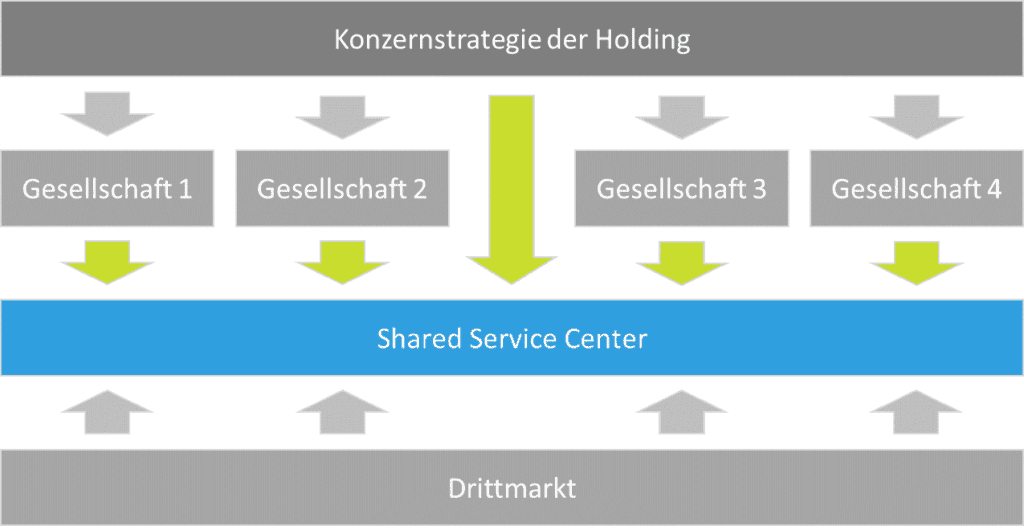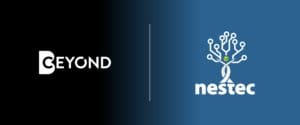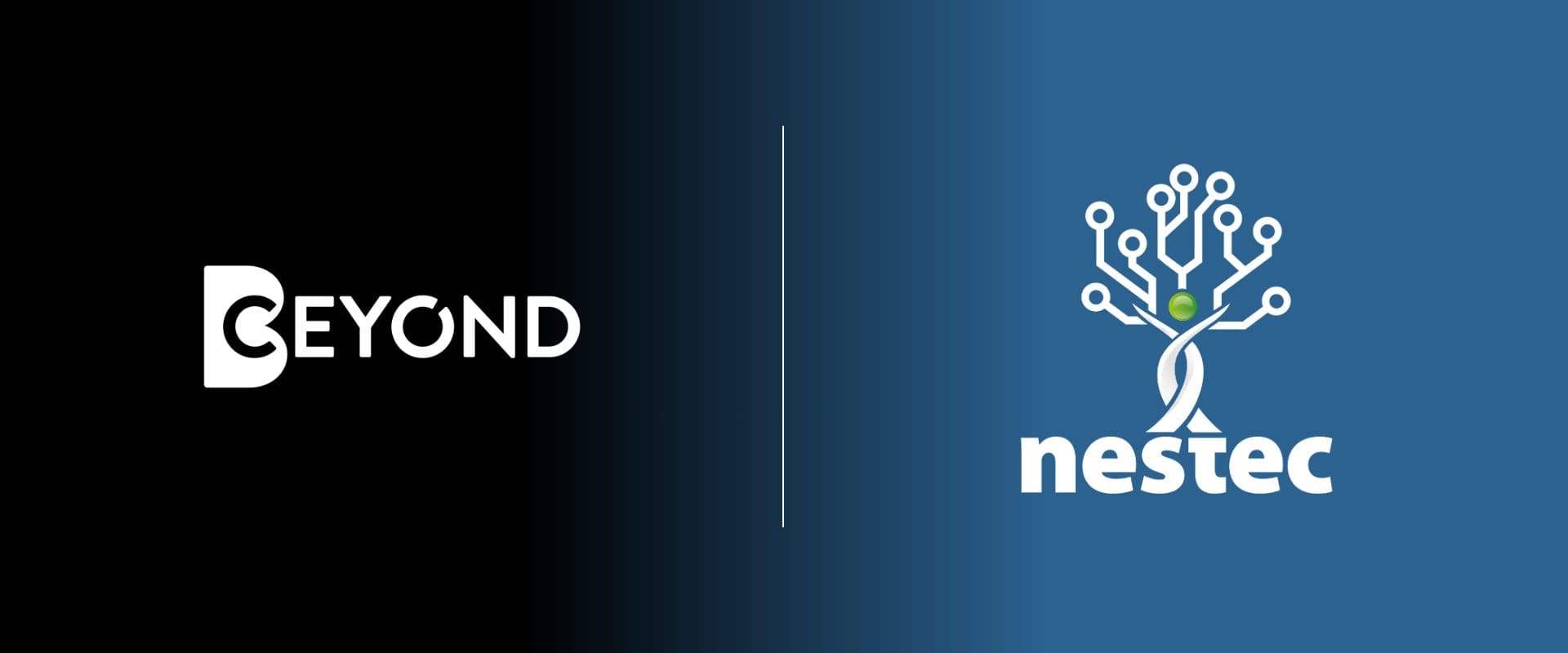An internal service provider does not have it easy. Within a corporate group, parent, partner and end customer relationships have to be managed. This also shows the multidimensionality in the development of the corporate strategy:
-
1
The holding company specifies a corporate strategy, which is based primarily on strategic objectives and assumed framework conditions relating to the core business of the group. Targets and objectives are defined for the Group's affiliated companies - including the Shared Service Center (SSC). -
2
The companies and internal customers of the SSC define their business unit strategy on this basis. They break down the targets to their business units and develop measures to achieve them. -
3
If the SSC also serves the third-party market or external customers, the changing market conditions also have an impact.
Therefore, it is necessary to a) understand the holding company’s group targets, b) determine the development of the companies, and c) analyze and anticipate changes in the market. Only in this way can a correct, appropriate and integrated business area strategy be developed for a shared service center.
CEYOND can score points in this respect thanks to our consultants’ many years of experience in strategy consulting and, above all, their expertise in C-level management at internal service providers. We draw on proven methods, craftsmanship and best practices.









